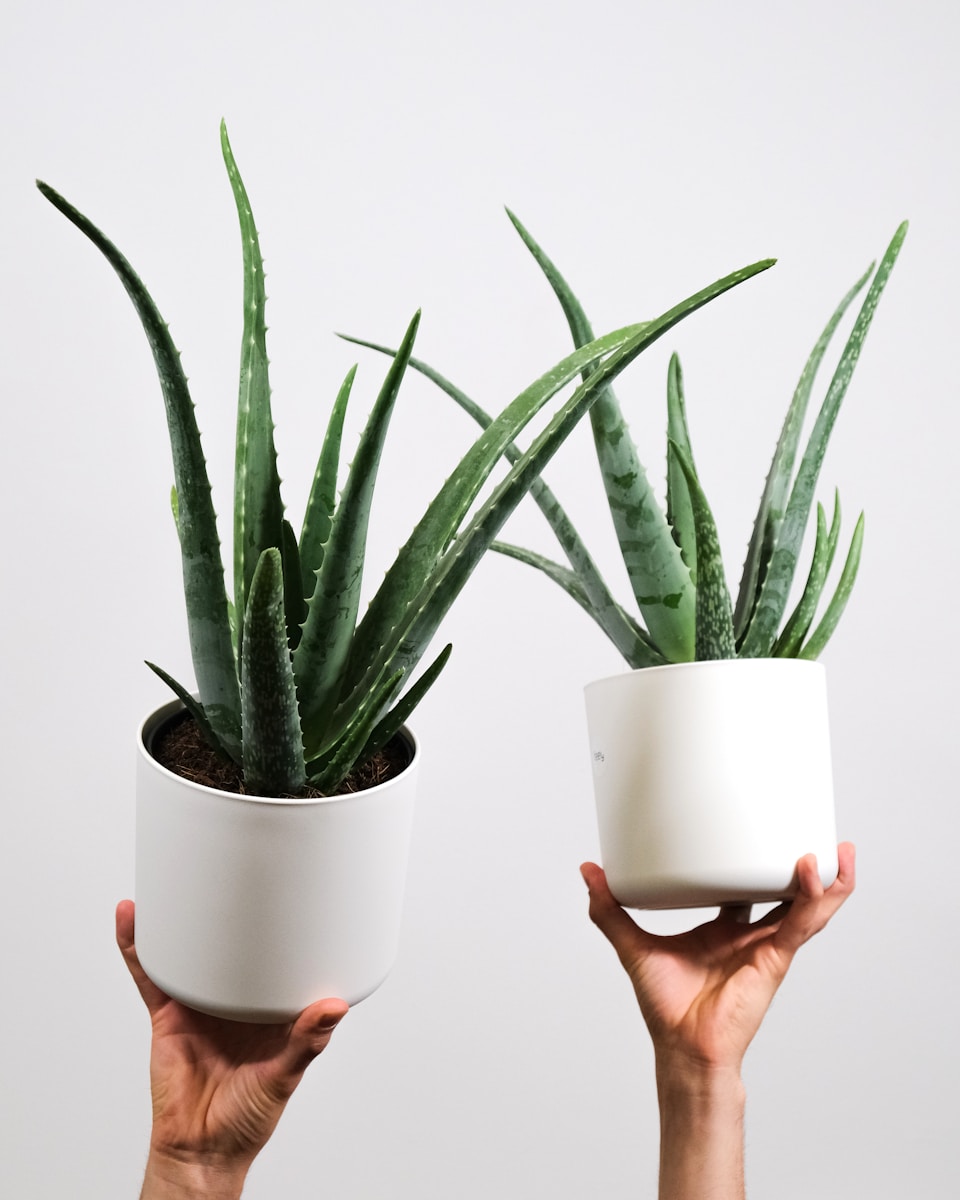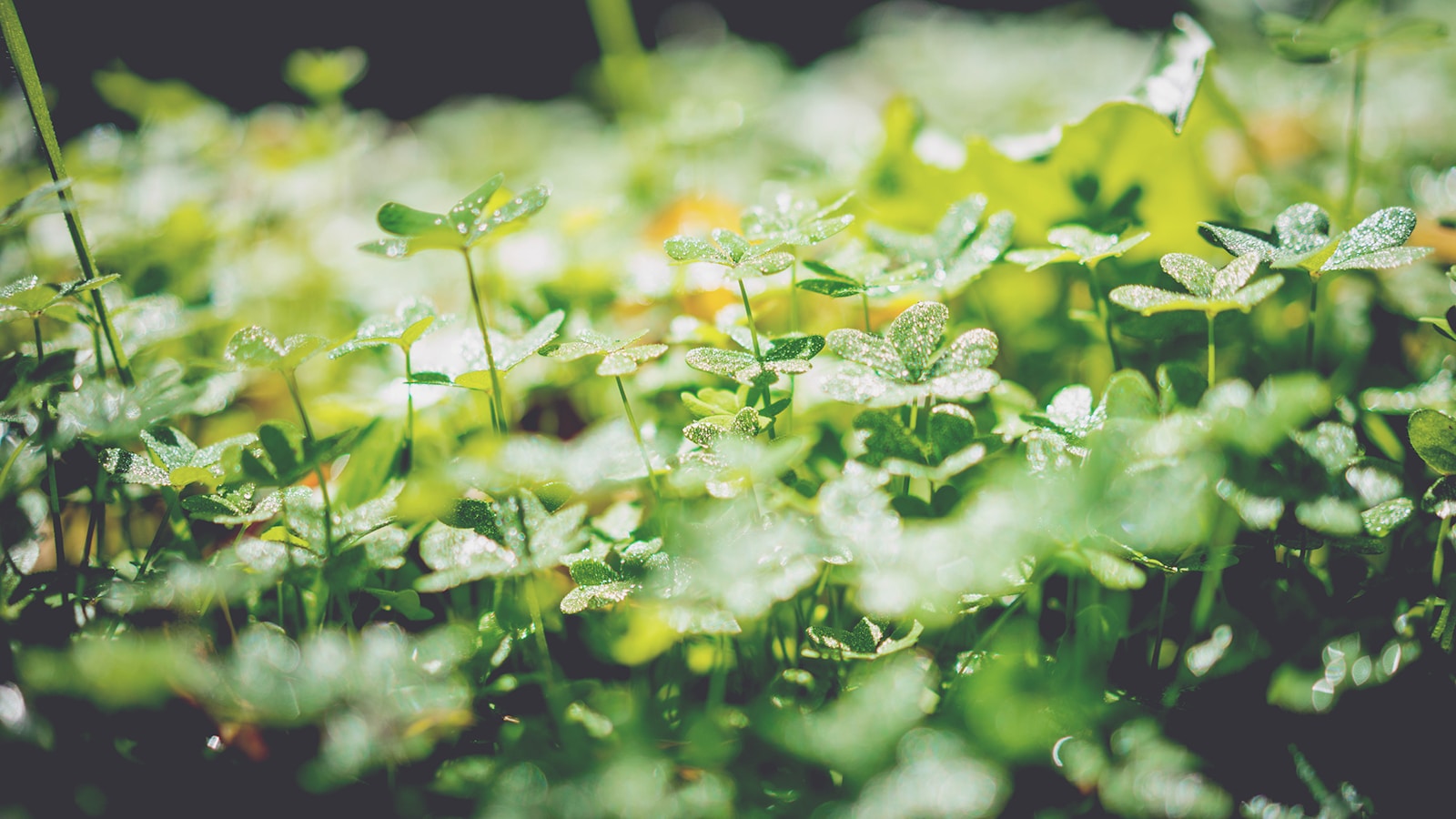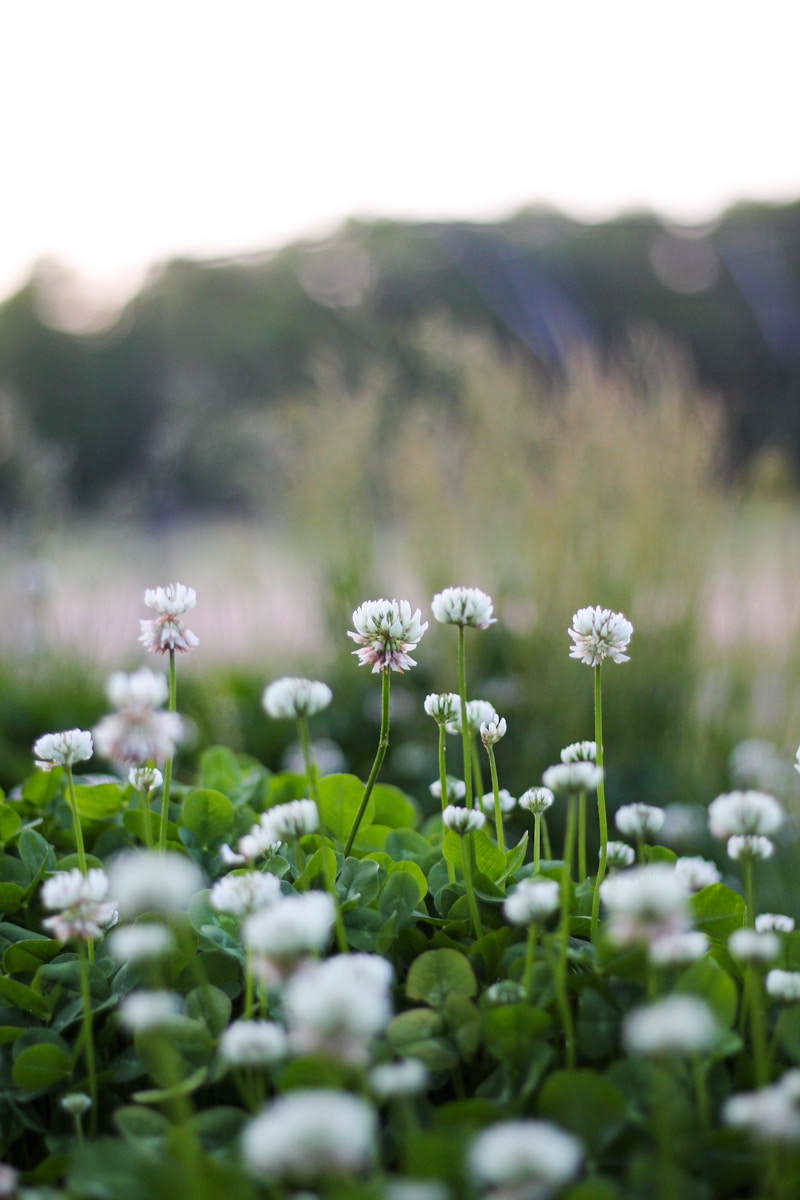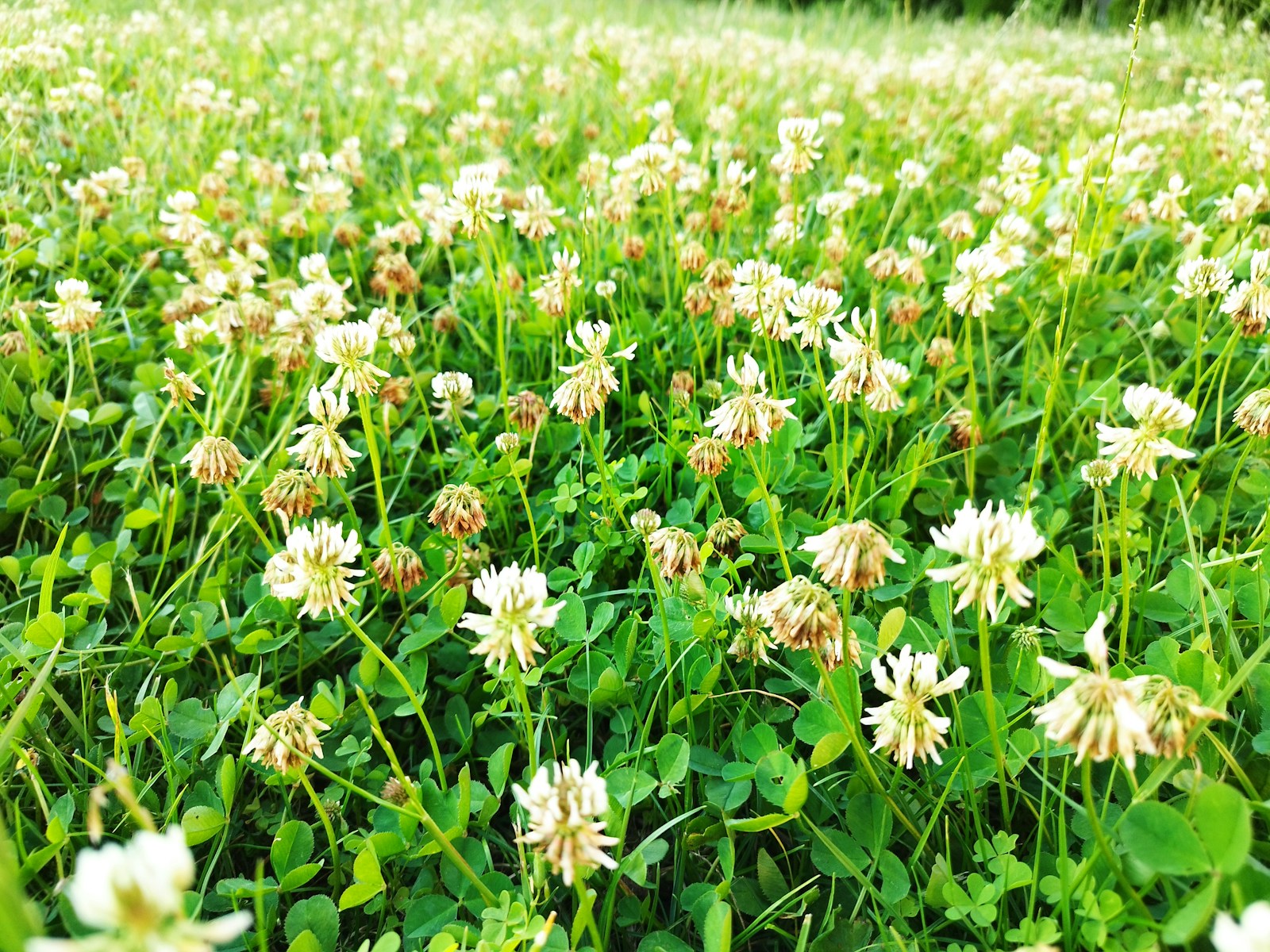If you’ve ever struggled with a droopy or discolored aloe vera plant, the culprit might be hiding right under your nose—or rather, under your plant. The secret to a thriving aloe vera lies in the soil it calls home. Let’s dig into the best potting soil for aloe vera, along with the tools and routines to keep your plant lush and vibrant.
Why Soil Matters for Aloe Vera
Aloe vera is a succulent, meaning it stores water in its leaves. While this makes it a low-maintenance plant, it also means it’s prone to root rot if the soil doesn’t drain well. According to the University of Florida’s Institute of Food and Agricultural Sciences (UF/IFAS), aloe vera thrives in sandy, well-draining soil with a slightly acidic to neutral pH (6.0–7.0).
The Best Potting Soil for Aloe Vera
Not all potting soils are created equal. For aloe vera, you’ll want a mix that mimics its natural desert habitat. Here are two top-rated options available on Amazon:
Miracle-Gro Succulent Potting Mix
This blend is specifically designed for succulents like aloe vera. It contains a mix of sphagnum peat moss, forest products, and sand to ensure excellent drainage. Plus, it’s enriched with plant food to give your aloe a healthy start.
Hoffman Organic Cactus and Succulent Soil Mix
A favorite among plant enthusiasts, this organic mix combines reed sedge peat, sand, and perlite for optimal drainage. It’s also pH-balanced to suit aloe vera’s needs.
Key Tools for Aloe Vera Care
- Terracotta Pots: These porous pots allow excess moisture to evaporate, preventing root rot.
- Moisture Meter: A handy tool to ensure you’re not overwatering. Aloe vera prefers to dry out completely between waterings.
- Pruning Shears: For trimming dead or damaged leaves to keep your plant looking its best.
Routine Care Tips
- Watering: Water deeply but infrequently—every 2–3 weeks, depending on the season. Always let the soil dry out completely before watering again.
- Light: Place your aloe vera in bright, indirect sunlight. A south- or west-facing window is ideal.
- Fertilizing: Feed your plant with a diluted succulent fertilizer once in the spring and once in the summer. Avoid over-fertilizing, as this can harm the plant.
Actionable Tips for Success
- Repot your aloe vera every 2–3 years to refresh the soil and give the roots room to grow.
- Use a pot with drainage holes to prevent water from pooling at the bottom.
- If your aloe vera’s leaves turn brown or mushy, cut back on watering and check the soil drainage.
By choosing the right potting soil and following these simple care routines, your aloe vera will reward you with plump, healthy leaves and even the occasional bloom. Happy gardening!



